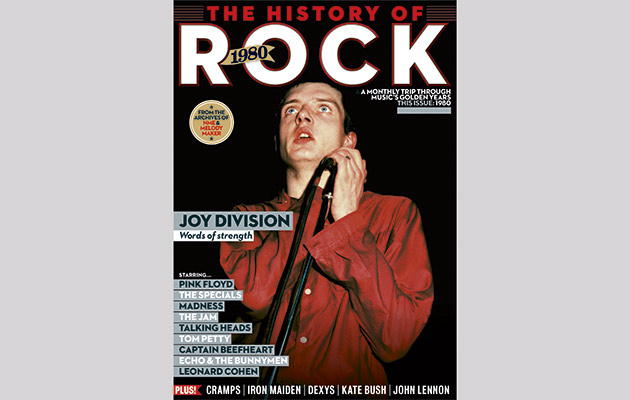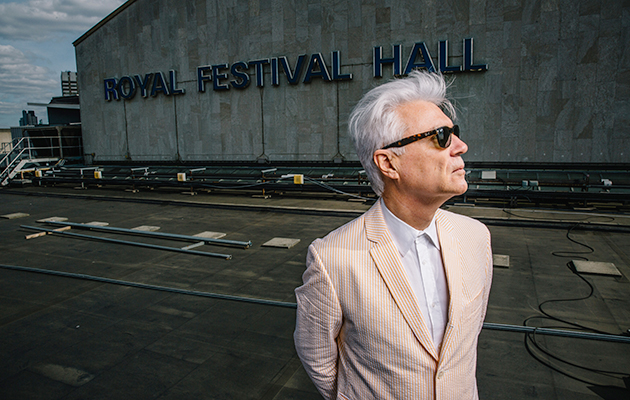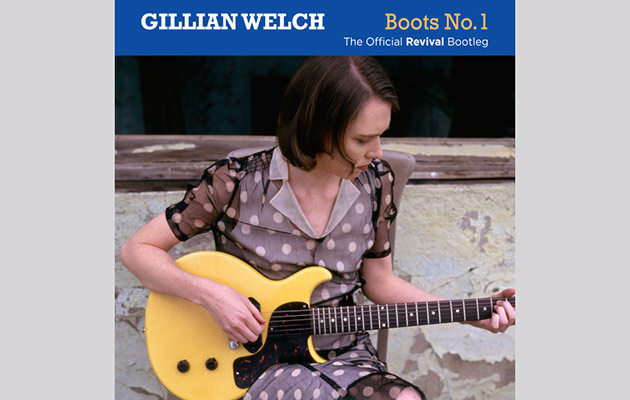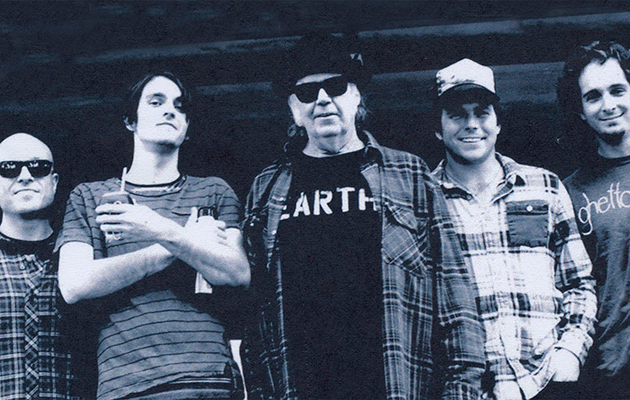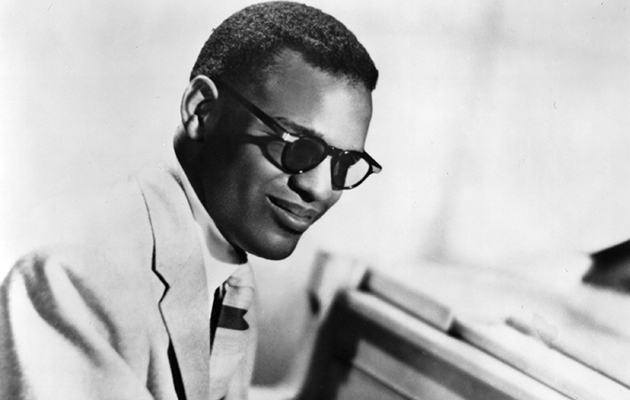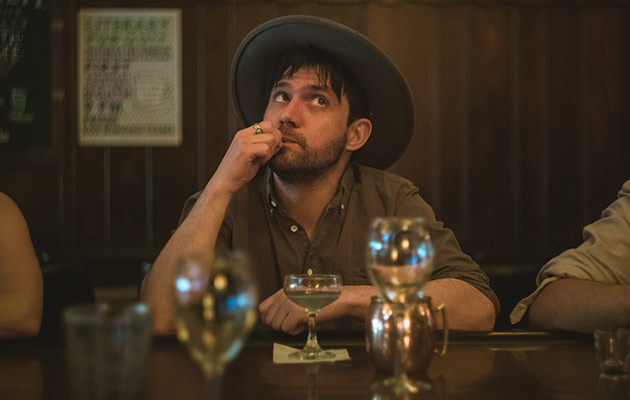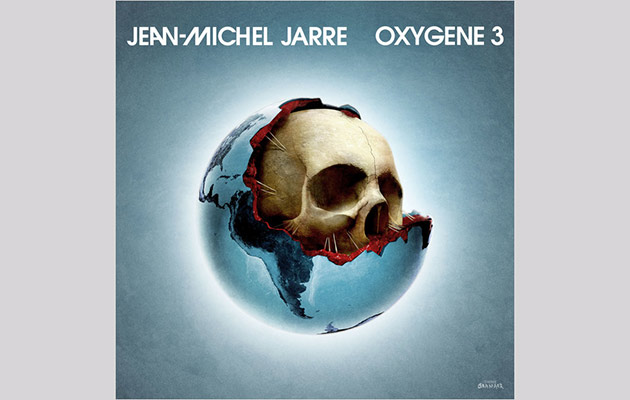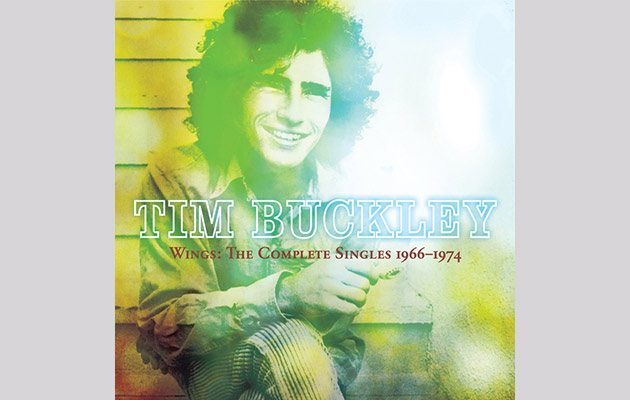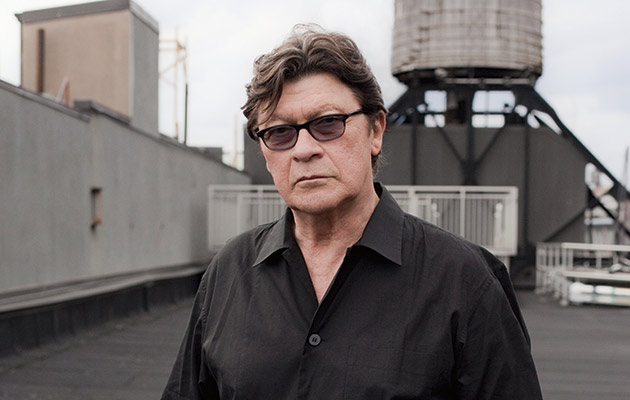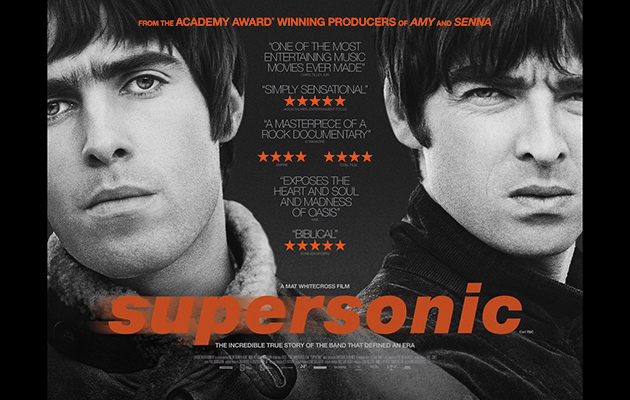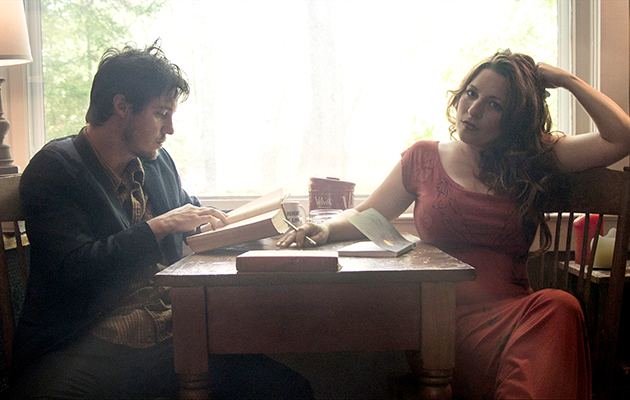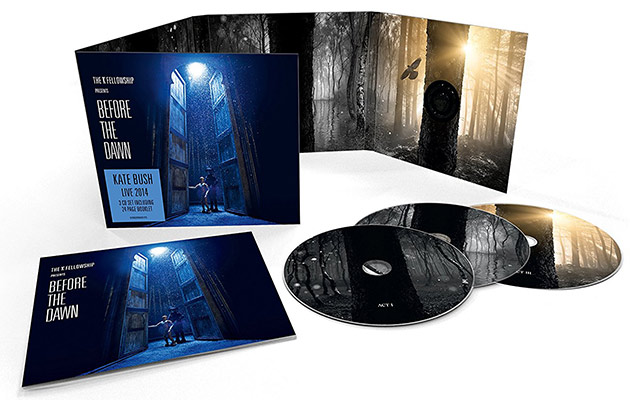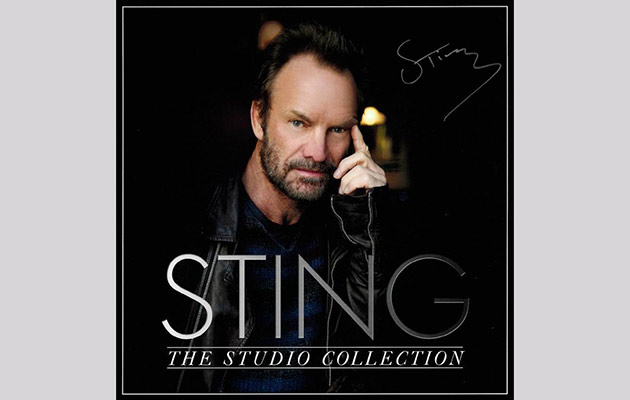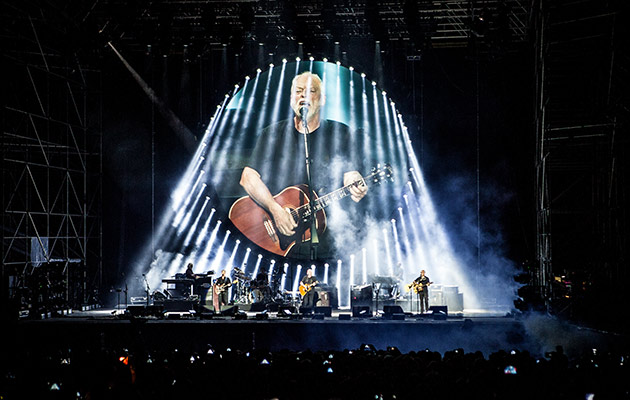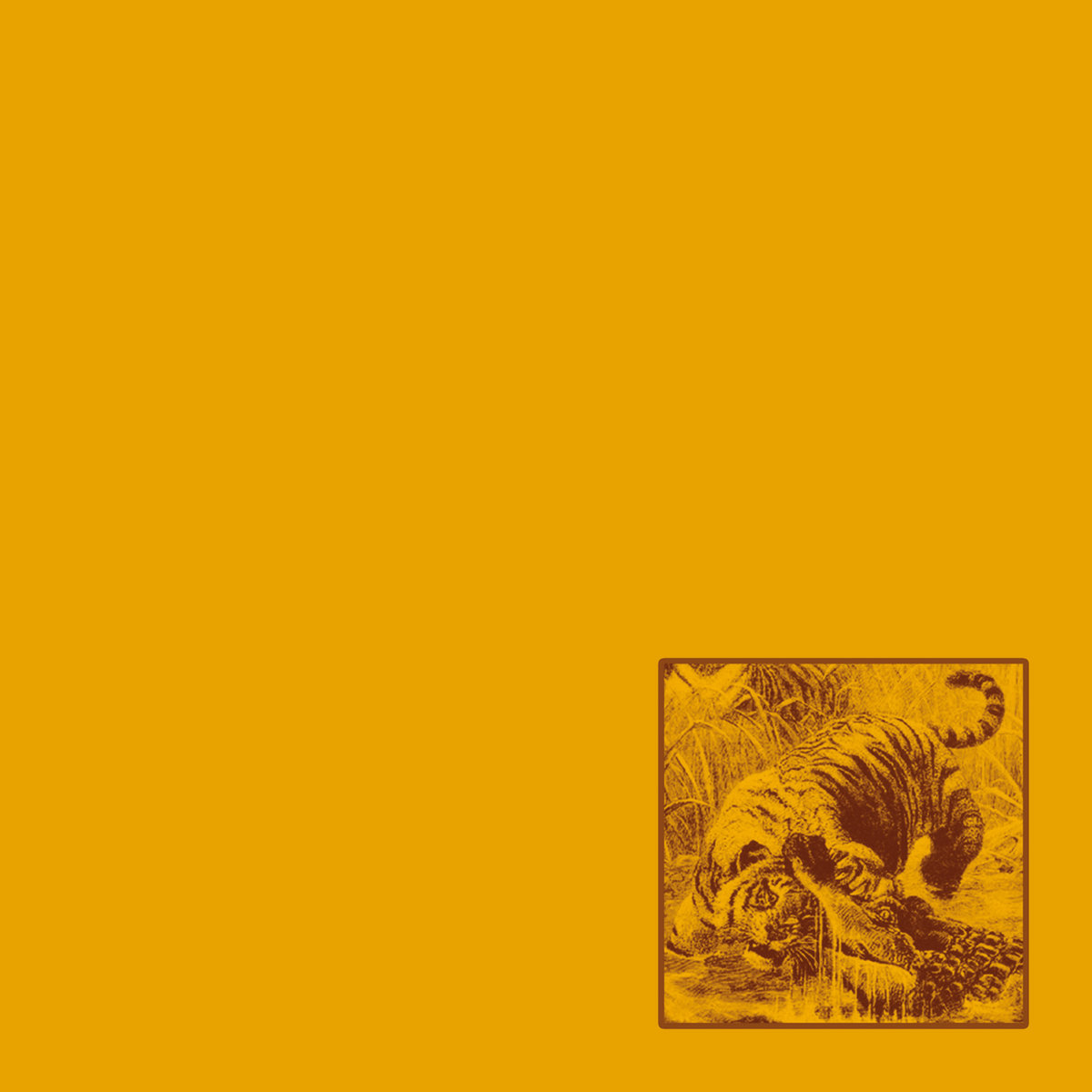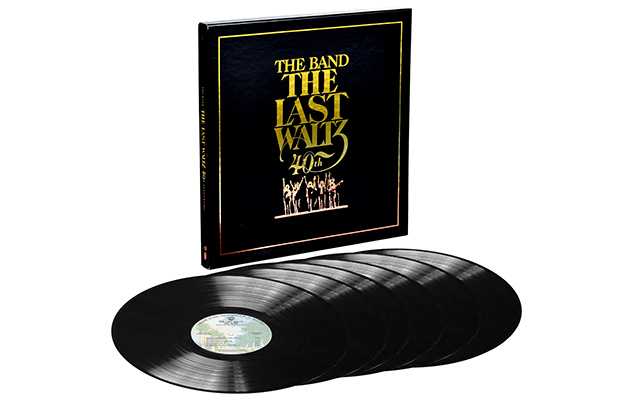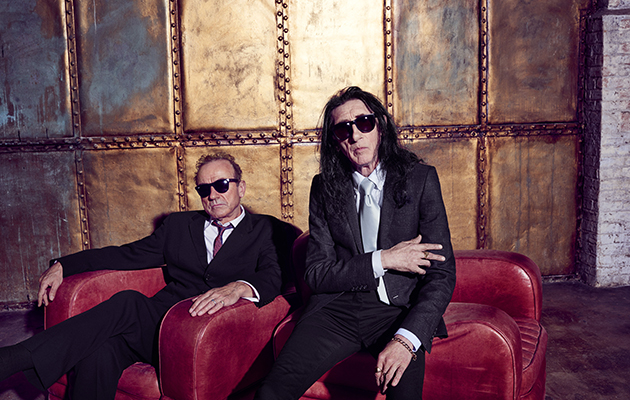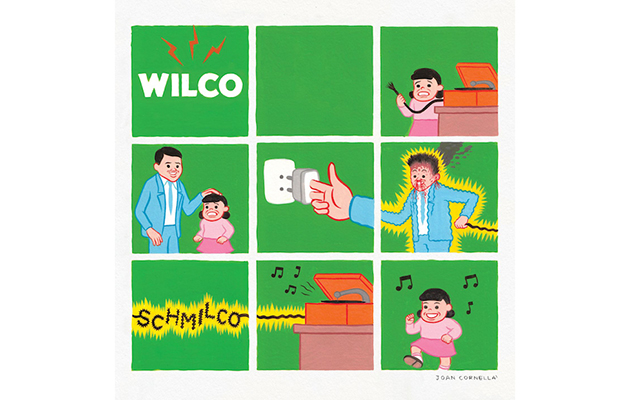Ray Charles was only 22 years old when he was signed to Atlantic Records, but he was already a veteran in the industry. As a teenager growing up in Florida, he learned to read music using braille and played piano at school dances before graduating to gigging with big bands in Tampa and Orlando. In 1948, he moved to Seattle, Washington, where he established himself as a star on the juke circuit. By the time he joined the Atlantic roster, he had already released around 20 singles and notched a handful of minor R’n’B hits. The Atlantic Years – In Mono, a 7LP box that covers his tenure at the label, shows how Charles built on that modest success through experimentation and strident innovation, not only becoming one of the biggest artists of the decade but exerting an immeasurable influence on the next 60 years of American popular music.
In the 1940s and into the 1950s, Ray Charles had established himself as an excitable performer, with an encyclopedic repertoire, a soulful voice and nimble fingers on the keys. But he was somewhat unformed as a recording artist and was still finding his voice and developing a personal musical style. When he started working with Atlantic, the label was still in its infancy: small, but ambitious. Co-founder and president Ahmet Ertegun gave Charles complete freedom to record whatever, whenever, and wherever he pleased, and Charles tinkered with blues, jazz, pop, R’n’B, even country. Because Atlantic wasn’t feeding him songs to record, Charles had to improvise. He adapted hymns and old gospel numbers to a nightclub setting, altering the words to extol romantic instead of heavenly love. “I Got A Woman” and “Hallelujah I Love Her So”, released in 1955 and 1956 respectively, translated the ecstasy of the church to the pop charts, which proved highly controversial but incredibly successful.
What comes through most clearly on The Atlantic Years is a lively and deeply curious musical personality, that of a man who in every song conveys ecstatic joy at the limitless possibilities of musical expression. Listening to these 14 sides, you’re never in doubt that it’s the same artist singing and pounding the piano on every song, growing more confident and more identifiably himself with every note.
These seven LPs can be loosely divided into two varieties: instrumental and vocal. The former show Charles playing jazz in a blues setting, showcasing his eloquent phrasing and his dynamic backing bands. Released in 1957, The Great Ray Charles was his first foray into what David Ritz (see sidebar) refers to in the liner notes as “soul jazz”, a genre that enjoyed a brief mid-century craze, yet this album is the weakest in the set, a collection of relatively tentative performances that establish only the most general of moods. Much better is 1961’s The Genius After Hours, which was recorded during the same sessions but portrays Charles as a more resourceful pianist. His playing is witty and daring, with a new determination that on the rambunctious “Joy Ride” borders on fearlessness.
Those instrumental soul jazz records were intended to define Charles as a serious pop artist rather than a teenybopper idol, although his pop singles were already competing with the white rock’n’rollers. Some of his biggest hits are collected on the vocal LPs in The Atlantic Years, where he truly shines. Even in his early twenties, Charles sang with the voice of a much older man, and he seems to relish the raw grain in his vocals especially on 1961’s The Genius Sings The Blues. The mood alternates between the exquisitely mournful “Feelin’ Sad” and the exuberantly lascivious “Night Time Is the Right Time”.
A handsome set that re-creates the original packaging of each album, The Atlantic Years chronicles a young artist gaining technical as well as aesthetic control over his art. The music isn’t especially rare; most of the albums are available individually and all of them were included in the 2005 set Pure Genius: The Complete Atlantic Recordings (1952-1959), which features two collaborations with jazz vibraphonist Milt Jackson and a live set from the 1958 Newport Jazz Festival. By comparison, The Atlantic Years is hardly definitive, but the point of this set is that one small word in the title: mono.
None of these records have been in print in their original mono for half a century, which is a shame because they’re much more forceful and insistent in this setting. Charles’ piano playing in particular sounds both more percussive and insinuating, adding a wink to many of these songs, a sly nudge that hints at larger ideas and emotions just outside the parameters of the arrangements. Perhaps most crucially, mono intensifies the interplay between the bandleader and his backing musicians: the adventurous grooves, the wild calls and responses, the intimate backdrops against which he preaches and confesses and cajoles. It seems almost miraculous that he managed to capture such volatile performances on tape.
The nature of the recording industry in the 1950s necessarily skews the chronology of this set. Not only was Atlantic releasing compilations of singles released months and even years apart, but the label continued mining Charles’ sessions even after he had defected to ABC-Paramount. Although his tenure at Atlantic ended in 1959, much of this music wasn’t officially released until the early 1960s, when “Georgia On My Mind” and “Hit The Road Jack” had sent him hurtling up the pop charts.
So it’s best not to approach The Atlantic Years as a strict timeline. This is the rare set that is perhaps best heard with no regard for history. Instead, pick an LP at random, throw it on the turntable, lower the needle and turn up the volume. Jumble the chronology, just as Charles jumbled style and genre. In any sequence, the transitions between albums and songs can be rewarding and revelatory. Cue up the sublime R’n’B rollick of “I Got A Woman” on 1957’s Ray Charles to bleed into the barfly soul-jazz workout “Hornful Soul” on 1961’s The Genius After Hours. Or jump from the luscious lament “I Wonder Who” on 1961’s The Genius Sings The Blues to the impossibly brassy fanfare that opens “Let The Good Times Roll” on 1959’s The Genius Of Ray Charles.
This scrambled approach unsticks the songs from their era and underscores just how lively and vivid – and, yes, just how timeless – the music actually is. It’s been 60 years since Charles made these recordings, yet there’s no dust on them. They still sound as lively and as mischievous, as ingenious and as innovative, as wild and as sophisticated as ever.
Q&A
David Ritz
In the late 1970s the Los Angeles-based writer David Ritz collaborated with Ray Charles on Brother Ray, which stands as one of the finest musical memoirs ever published. More than 50 books, countless essays and even a few songwriting credits later, Ritz penned the liner notes for The Atlantic Years and spoke to Uncut about his long relationship with the music
How did you discover Ray Charles?
I moved to Dallas around 1955 or 1956, and that’s when I discovered R’n’B. I had been living in New York. I knew a lot about jazz, but I didn’t know anything about R’n’B and I hadn’t yet discovered the blues. I was just a jazz snob. When you’re a kid and you love jazz, you view the music culture as very hierarchical. Jazz is on top, and everything else is underneath. Jazz is high art and pop music is low. But when I moved down to Texas, I discovered Ray. I heard him live in Dallas in the late 1950s, more or less at the time that these albums were being made, and it was one of the major events of my life. It opened up the heavens to me.
When did you start talking about writing a book together?
In 1975 or 1976 I was figuring out what to do with my life, and I just made up my mind that I was going to write Ray Charles’ biography. So I came out here to Los Angeles to talk him into working with me, which was a ridiculous thing to do. I had no qualifications and hadn’t written any books. Still, I was convinced that if I could only get in a room with him, I could show him how much I knew about his music. In the beginning I was turned away by the people in his office, who wanted nothing to do with me. So I called Western Union and asked if they could send telegrams in Braille. They said yes, so I began inundating his office with all these telegrams. I figured no-one in his office would be able to read them but him – which turned out to be true. They had to give him the telegrams. I was able to pitch him on the book, and he actually called me up! That was, improbably, my first book, and it opened up this whole world of becoming a ghostwriter.
What was it like working with him?
We worked together every day for a couple of years, and he became a major figure in my life. To be in his presence was extremely powerful. You get an idea of the urgency of his personality in his music, but when you’re actually in a room with him, he’s an extraordinary presence. He was so visceral and tactile. He would grab your arm and start to howl and laugh. When you said something he found amusing, he would fall to his knees and bang the floor. And he was very vulgar but in an artistic way. He loved cursing, and his cursing was like a John Coltrane solo.
Tell me about the period covered in this set. What does his Atlantic output represent in his career?
This is Ray at his height – when he’s young and hungry and full of fire and ambition. It’s a period that reminds me of Louis Armstrong when he had the Hot Five and the Hot Seven, when he was at the full flower of his creativity. Ray was in his twenties and he was on a major label, and even more importantly he had people at the label like Jerry Wexler who understood him and were perfectly happy to leave him alone to do whatever he wanted to do. Whether he was making singles for the pop market or jazz sides aimed at the adult crowd, he was given absolutely free rein to do whatever he wanted. He was able to sculpt his own sound and became a consummate artist. The old conflict between jazz and R’n’B is between high art and commerce, but it completely disappears when you put all these albums together.
You’ve been living with this music for nearly 60 years. How has it changed for you?
When I was writing these liner notes, I listened to all these albums again, And I think I enjoyed them even more than ever. When I was 13, I was excited but I had to catch up with him. He had had such a hardscrabble life and was able to express all that pain and joy and confusion and wonder. I loved it then, but I had to catch up. Now I’m an old man, and I’ve had children and grandchildren, I’ve had heartache and success and failure, all this shit that we go through in life, and I’m listening to these albums and I’m saying to myself, ‘This is sacred music.’ I felt like a parishioner at church. This music was speaking to my spirit, and my spirit at 72 is a whole lot different than it was when I was 13. I feel a deeper gratitude to Ray Charles than I ever did before, but it’s more than just being thankful to him for allowed me to write his book and start my career as a writer. It’s a gratitude that his songs continue to heal my hurt.
INTERVIEW: STEPHEN DEUSNER
The November 2016 issue of Uncut is now on sale in the UK – featuring our cover story on The Specials, plus Bon Iver, Bob Weir, Shirley Collins, Conor Oberst, Peter Hook, Bad Company, Leonard Cohen, Muscle Shoals, Will Oldham, Oasis, Lou Reed, Otis Redding, Nina Simone, Frank Ocean, Michael Kiwanuka and more plus 140 reviews and our free 15-track CD


